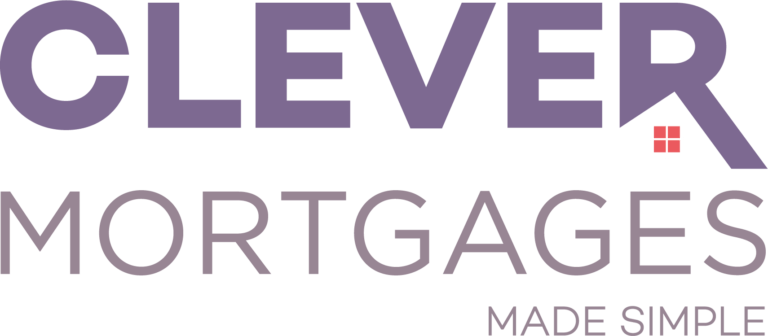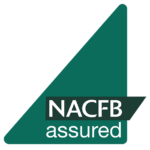Buy to let mortgages
If you’re looking to buy a property – or properties – with the purpose of renting it out, you won’t be able to take out a standard mortgage. Instead, you will need to take out a buy to let mortgage (BTL), which are specifically designed for landlords to help purchase an investment rental property.
How does a buy to let mortgage work?
A BTL mortgage is the same as any mortgage in that you borrow the money you need to purchase the property from a bank or lender and pay this back on a monthly basis with added interest.
With a BTL mortgage, however, there are some key differences, including;
- A higher deposit amount (usually upwards of 25% of the total value of the property)
- More expensive fees to pay
- Typically higher interest rates
Why do they cost more?
These higher costs exist as BTL mortgages are considered more high risk compared to a standard mortgage. This is because unlike other loans, a BTL mortgage relies on the tenant in order to pay it off. There is also the risk that a tenant might stop paying at any point, or you might have difficulty finding anyone to rent the property at all.
Interest only mortgages
Most BTL mortgages are interest only, which means you only pay the interest amount on the loan each month, and then pay off the full amount borrowed at the end of the term.
Many landlords choose to save the rent they make on the property and use this to help pay off the capital in full. Some choose to keep the property with the assumption that it will increase in value, using the profits to help pay off the mortgage when they sell.
Who can get a Buy to let mortgage?
Like with all mortgages there are requirements that you need to meet in order to be eligible. Before applying for a buy to let mortgage you should consider the following;
- You can afford it – As deposits for buy to let mortgages are generally higher than ordinary mortgages you may need to save beforehand. Along with this, you should ensure that you can still afford to pay the mortgage if a tenant leaves or misses any rent payments.
- You have a good credit record – With a high-risk mortgage, banks and lenders want to know they can rely on you to make your mortgage repayments each month. They will look at your credit record in order to check this and are unlikely to approve your mortgage application if you have a poor credit history.
- You earn more than £25,000 a year – Typically lenders won’t consider your BTL mortgage application if you earn less than this amount. Lenders will want to see that you could bridge any gap between the property’s rental yield and the mortgage payments.
- Rental Yield – most lenders will wants to see rental yields anywhere between 125%-145% of your BTL mortgage payments
Other Buy to let considerations
When investing in a rental property, you will also need to ensure you can afford the added costs associated with it. This can include; house maintenance, any agency fees to advertise and manage the property and capital gains tax on the rental income where the profit you make is above your annual tax-free allowance. Capital gains tax is also payable if you sell the property for more than you originally paid for it.
Interest rates for BTL mortgages will usually be higher than residential mortgages due to them being considered a higher risk by lenders. The arrangement fees attached are also generally higher.


